St. Lusavorich Church of Tzor
Location
The church is located 2-2,5 km south-west of Tzor village of Hadrut region, on a hill rising on the bank of a gorge, at the foot of Tzoraberd (Figs. 1, 2). The village was depopulated of Armenians as a result of the “Ring” operation in 1991, it was liberated in the summer of 1993. The village has been under Azerbaijani occupation since October 2020.
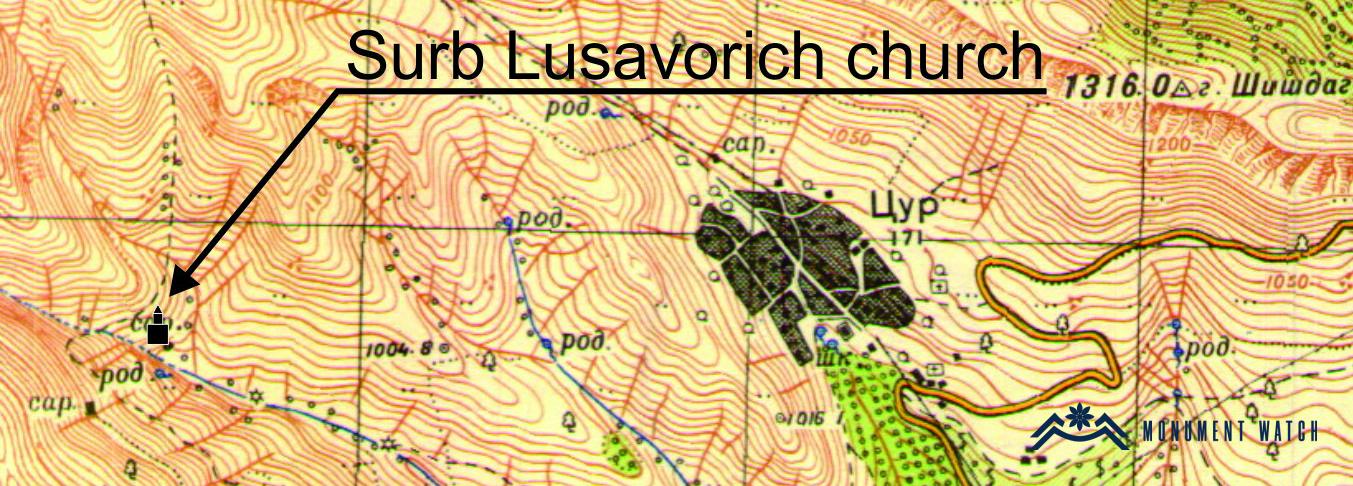
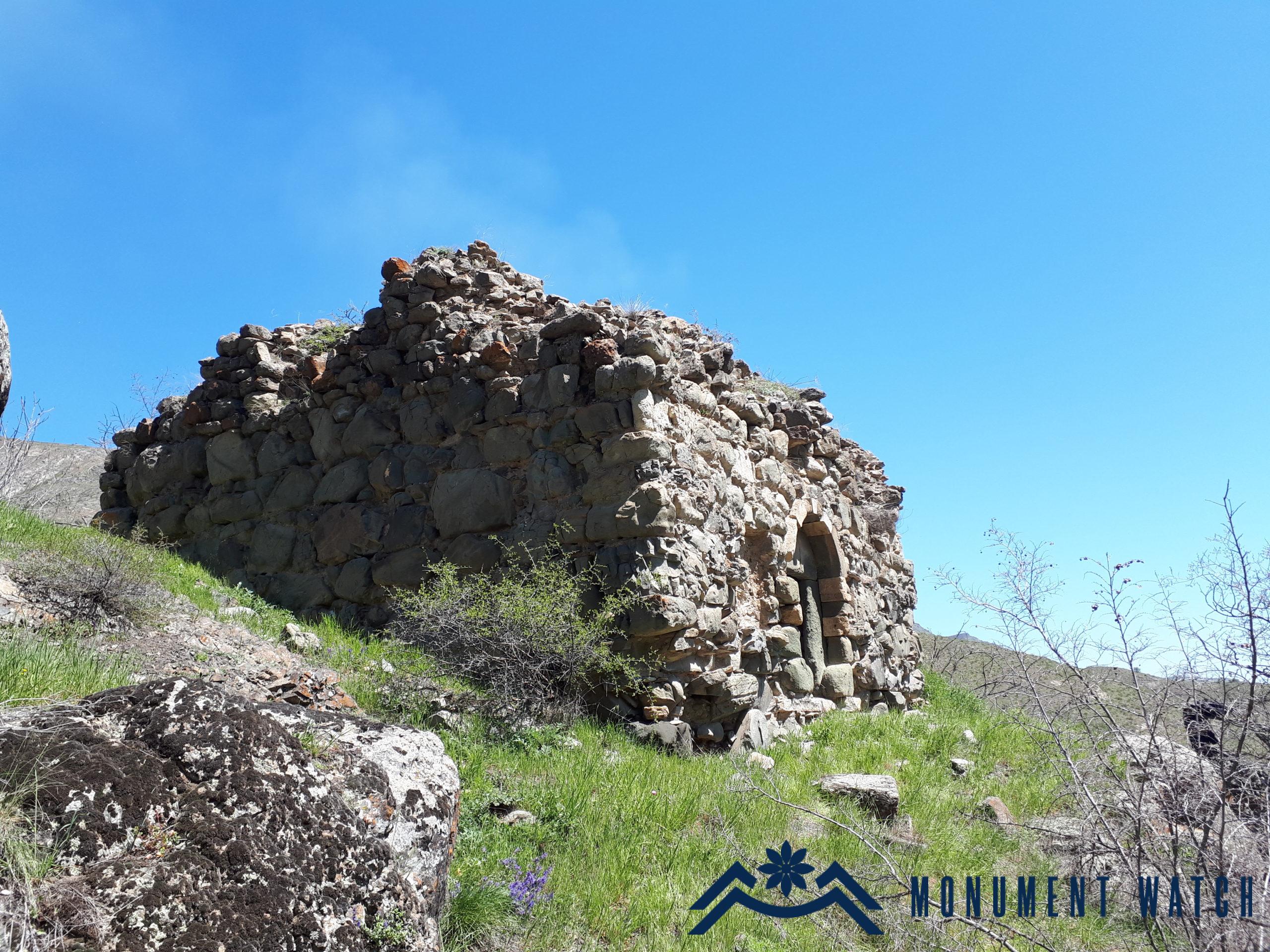
Fig. 1 St. Lusavorich Church from the south-west, 2020, photo by G. Budaghyan.
Architectural-compositional examination
The church is a single-nave hall with a rectangular plan, it has a semicircular apse on the eastern side (Fig. 3). The roof used to be in the form of a cylindrical vault, now it has collapsed. It is built of large local raw river stone, rock stone and lime mortar. The sole entrance opens from the south (Fig. 4), the three small windows from the east, south and west. The entrance is built of large hewn stones, has a remarkable design. The edges and the front arch are lined with successive black and yellowish stones, which conveys a certain vibrancy to the structure. The black wide lintel ends with a very narrow arcuate yellow slab, on which it is written in black paint: “I – Mkhitar, wrote” (Fig. 5). Inside, a baptismal font with an arrow-shaped arch is inbuilt in the northern wall (Fig. 6). The church is 12 meters long, 7,90 meters wide and 5,5 meters high.
Judging by the structure and design of the portal, the church was built in the 17th century.
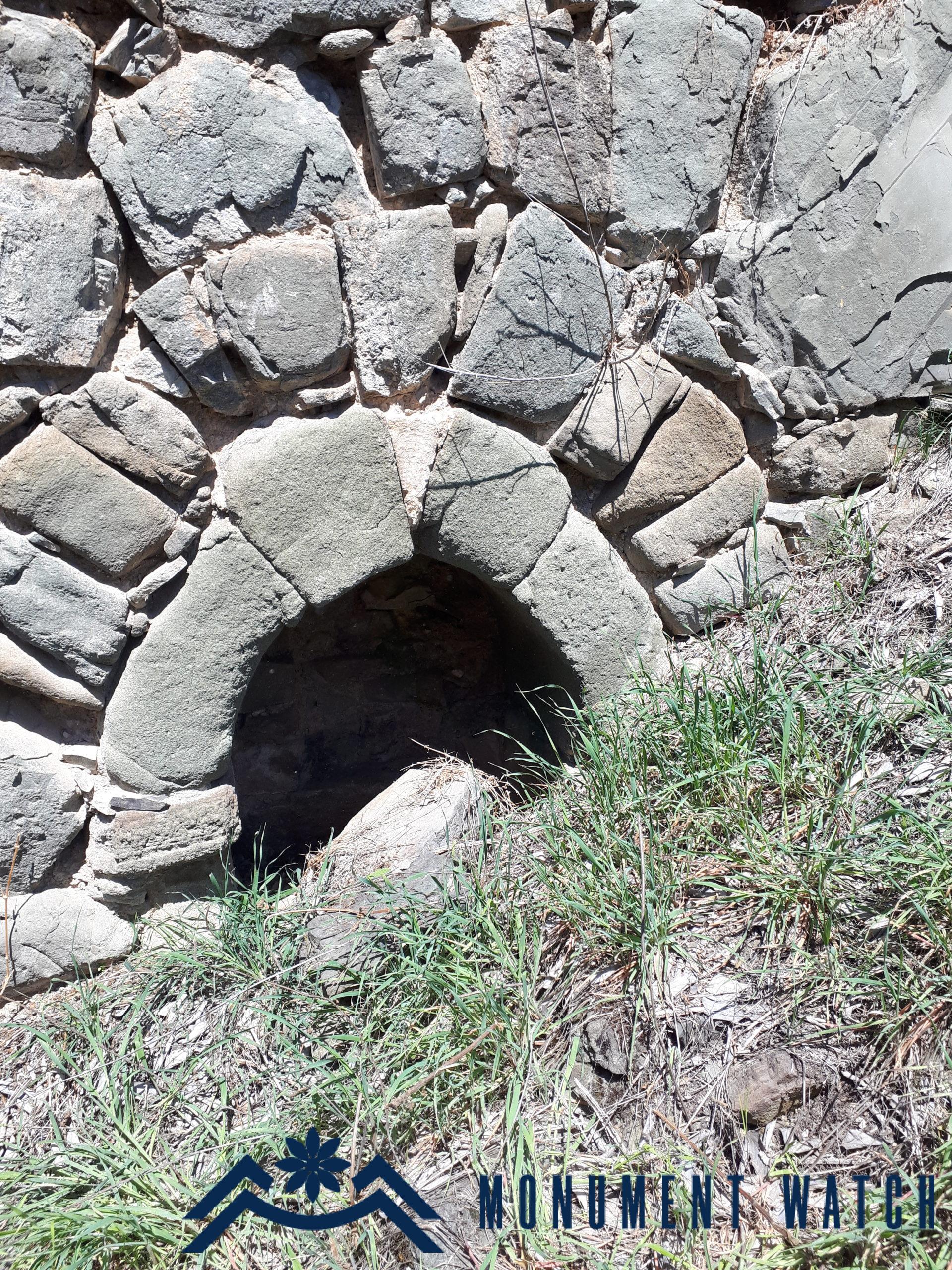
Fig. 6 The church baptistery, 2020, photo by G. Budaghyan.
Traces of cells, gravestones, on one of which there is an inscription (Fig. 7) and a simple khachkar have been preserved in the area. It is made of limestone, stands out with a deeply carved wide-winged large cross and is dated to the 10th-11th centuries (Fig. 8). To the north-east of the church there is an underground mausoleum, 4 meters wide and 4 meters long. The mausoleum is vaulted inwardly, covered with soil on the outside (Figs. 9, 10). There is an uninscribed gravestone inside. It probably belongs to an important person, since according to M. Barkhudaryan, “the grave is a great place of pilgrimage” (Barkhutaryants 1895, 43).
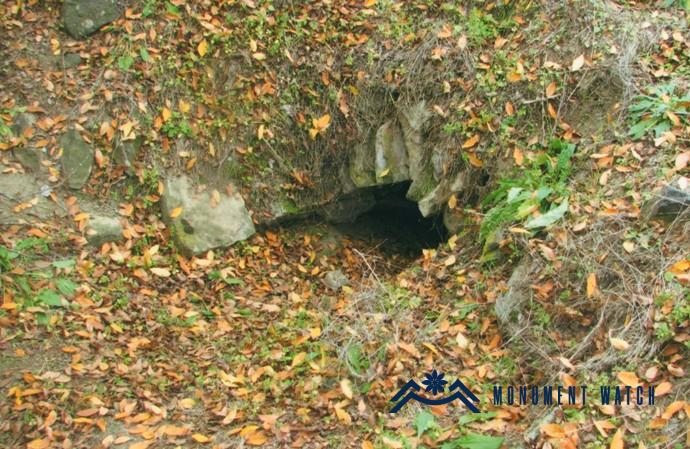
Fig. 9 The entrance of the mausoleum located in the area of the church, photo source: Electronic database of the State Service for the Protection of the Historical Environment of the Artsakh Republic.
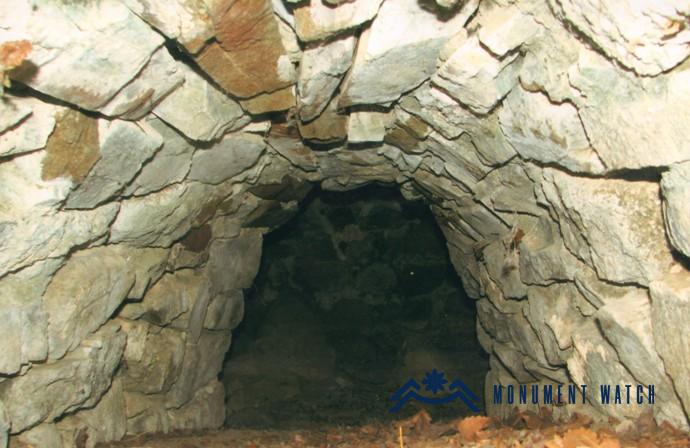
Fig. 10 The mausoleum from the inside, photo source: Electronic database of the State Service for the Protection of the Historical Environment of the Artsakh Republic.
The condition before, during and after the war
St. Lusavorich Church was in a poor condition, the vaulted roof and part of the south-eastern wall were fully pulled down (Figs. 11, 12).
There is no information about the condition of the church during the 44-day war and in the subsequent period.
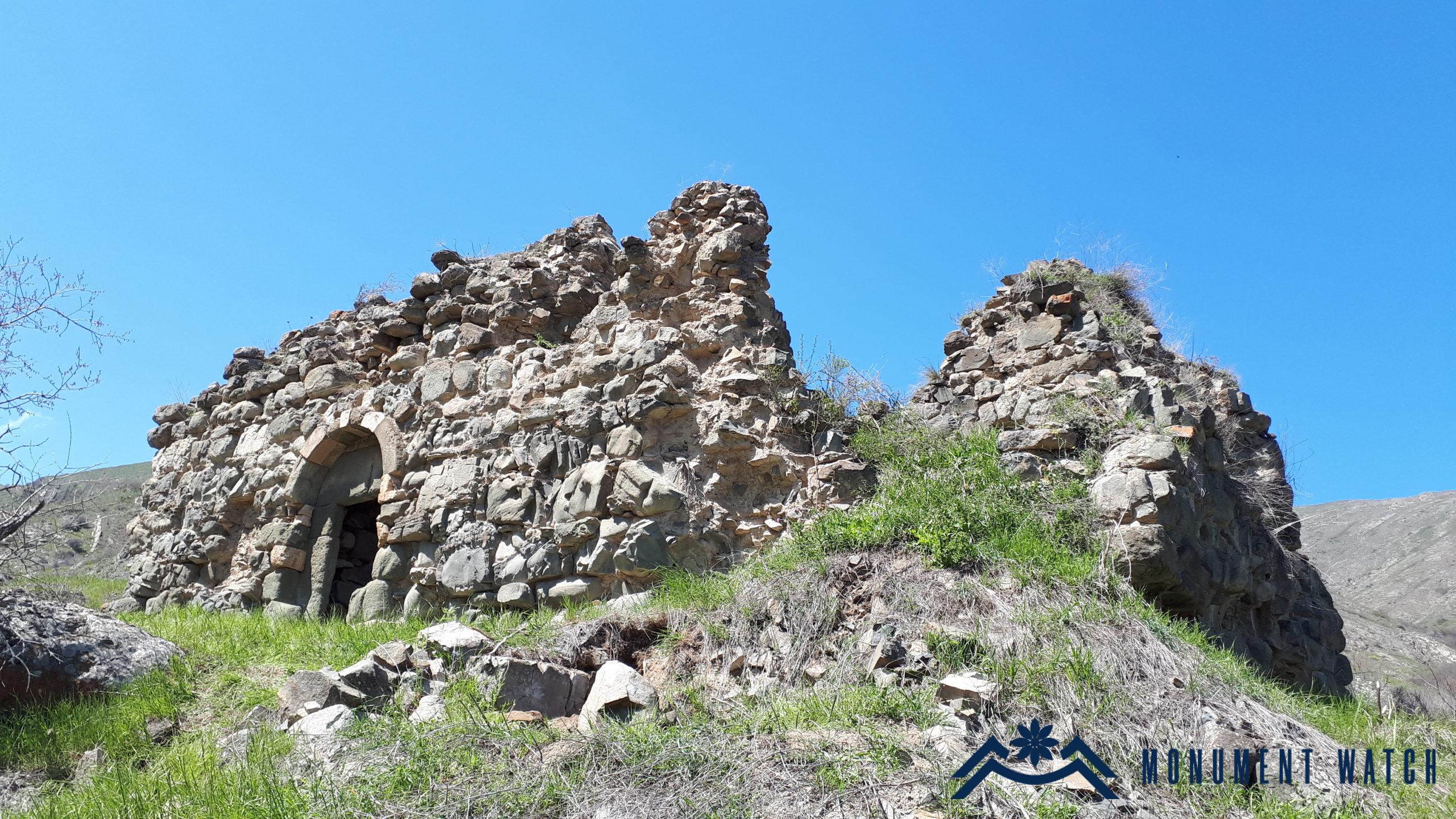
Fig. 11 The general view of the church from the south-east, 2020, photo by G. Budaghyan.
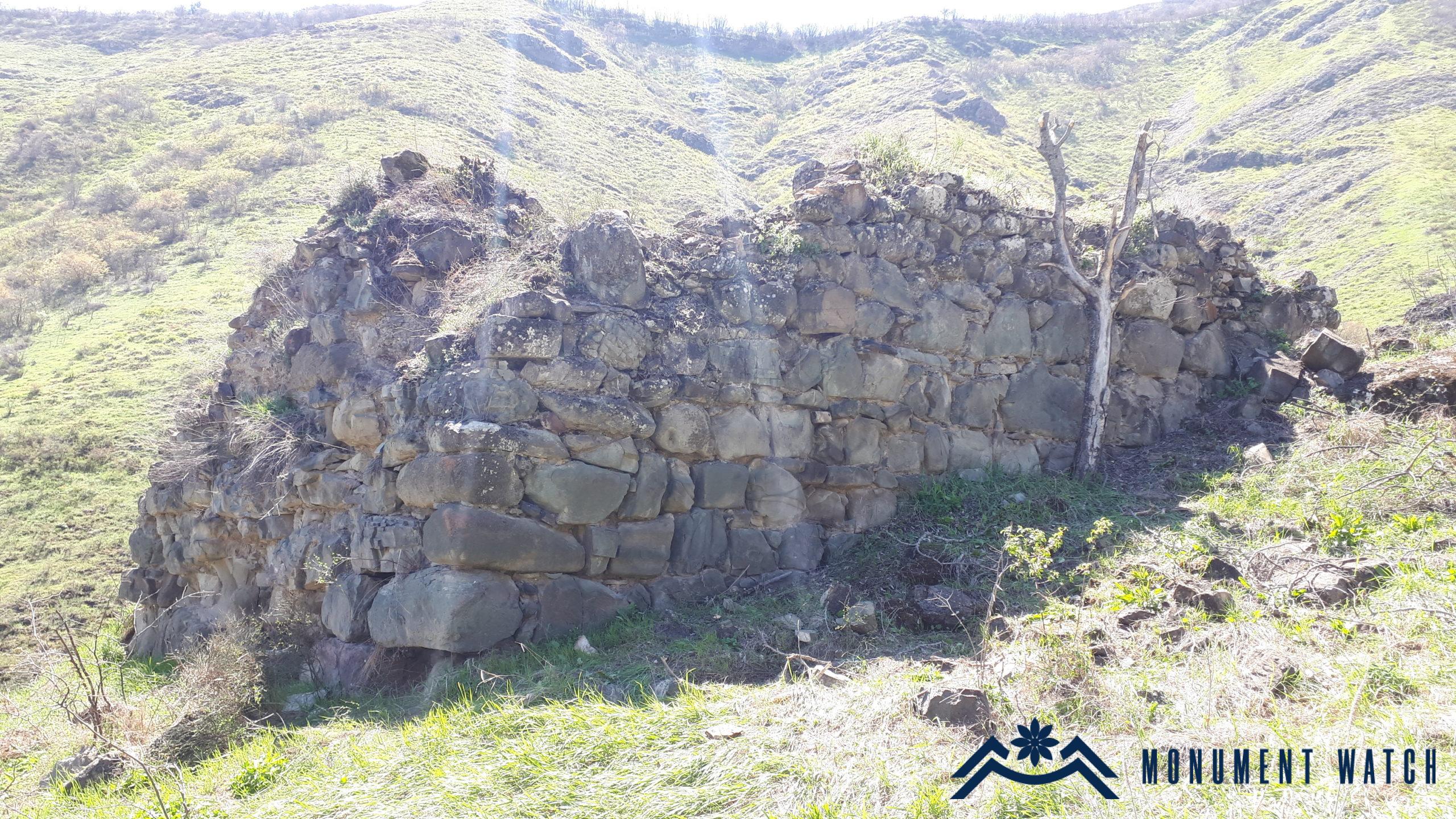
Fig. 2 The view of the church from the north-east, 2020, photo by G. Budaghyan.
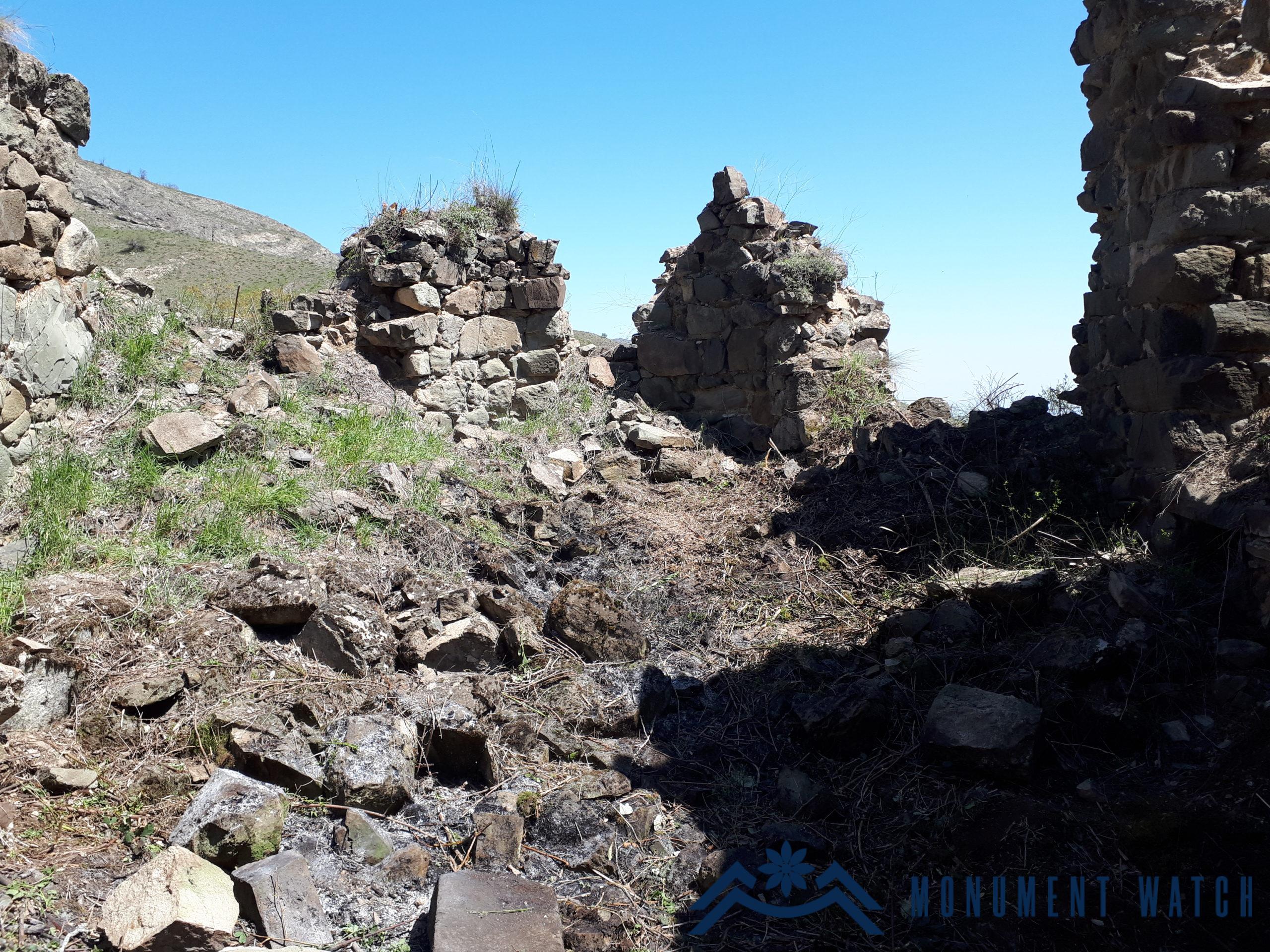
Fig. 3 The church from the inside, 2020, photo by G. Budaghyan.
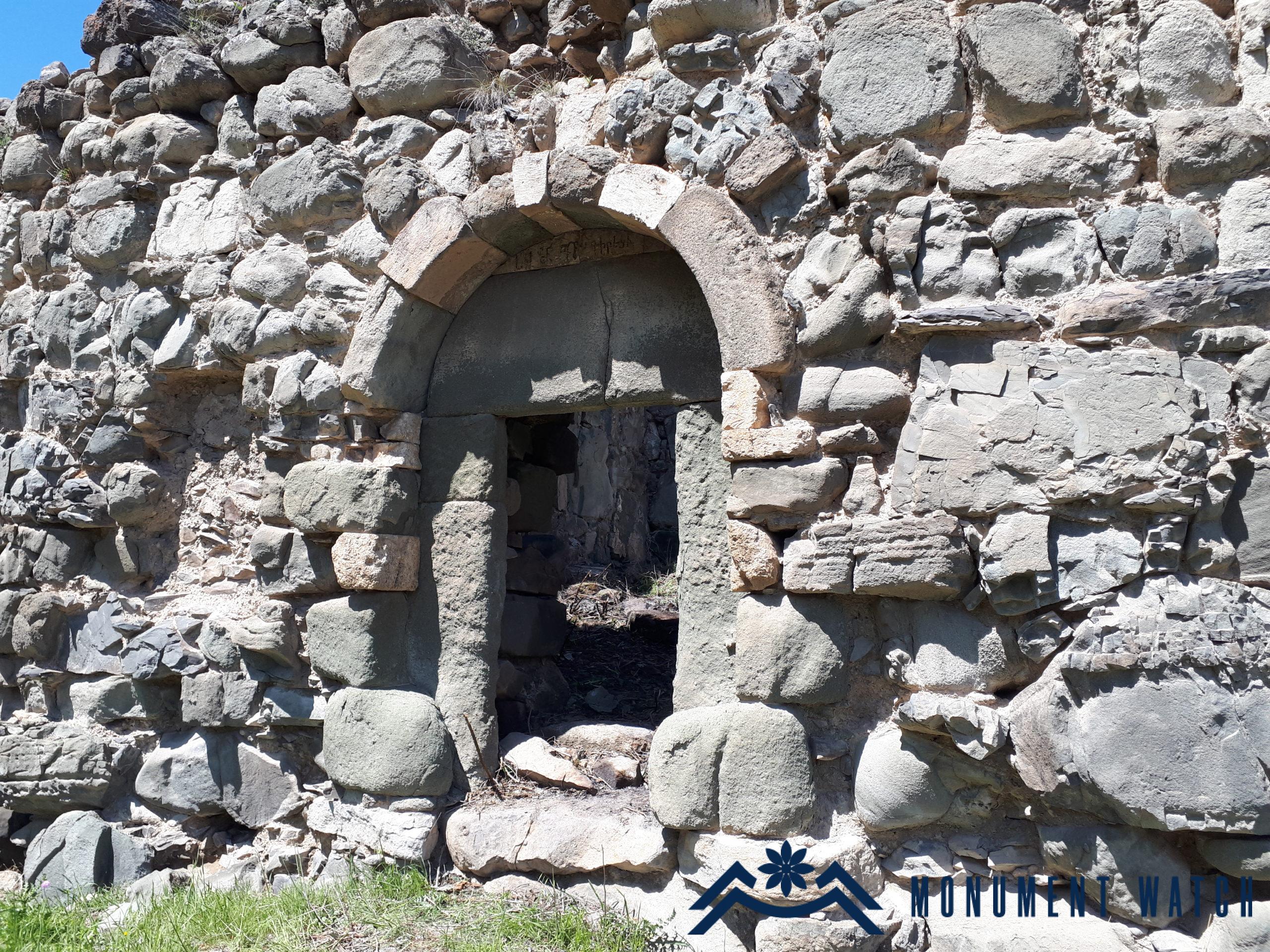
Fig. 4 The church entrance, 2020, photo by G. Budaghyan.
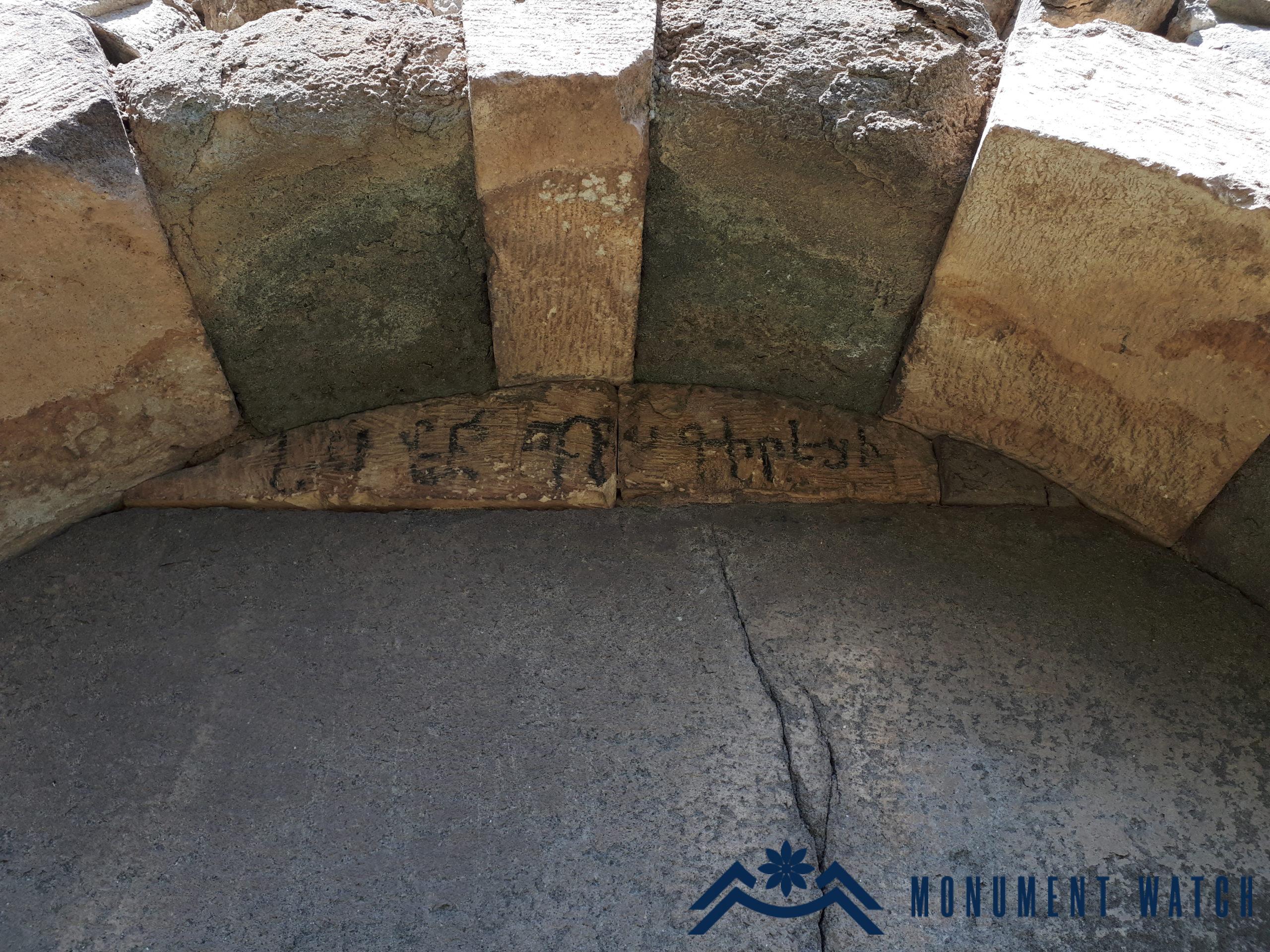
Fig. 5 The church lintel, 2020, photo by G. Budaghyan
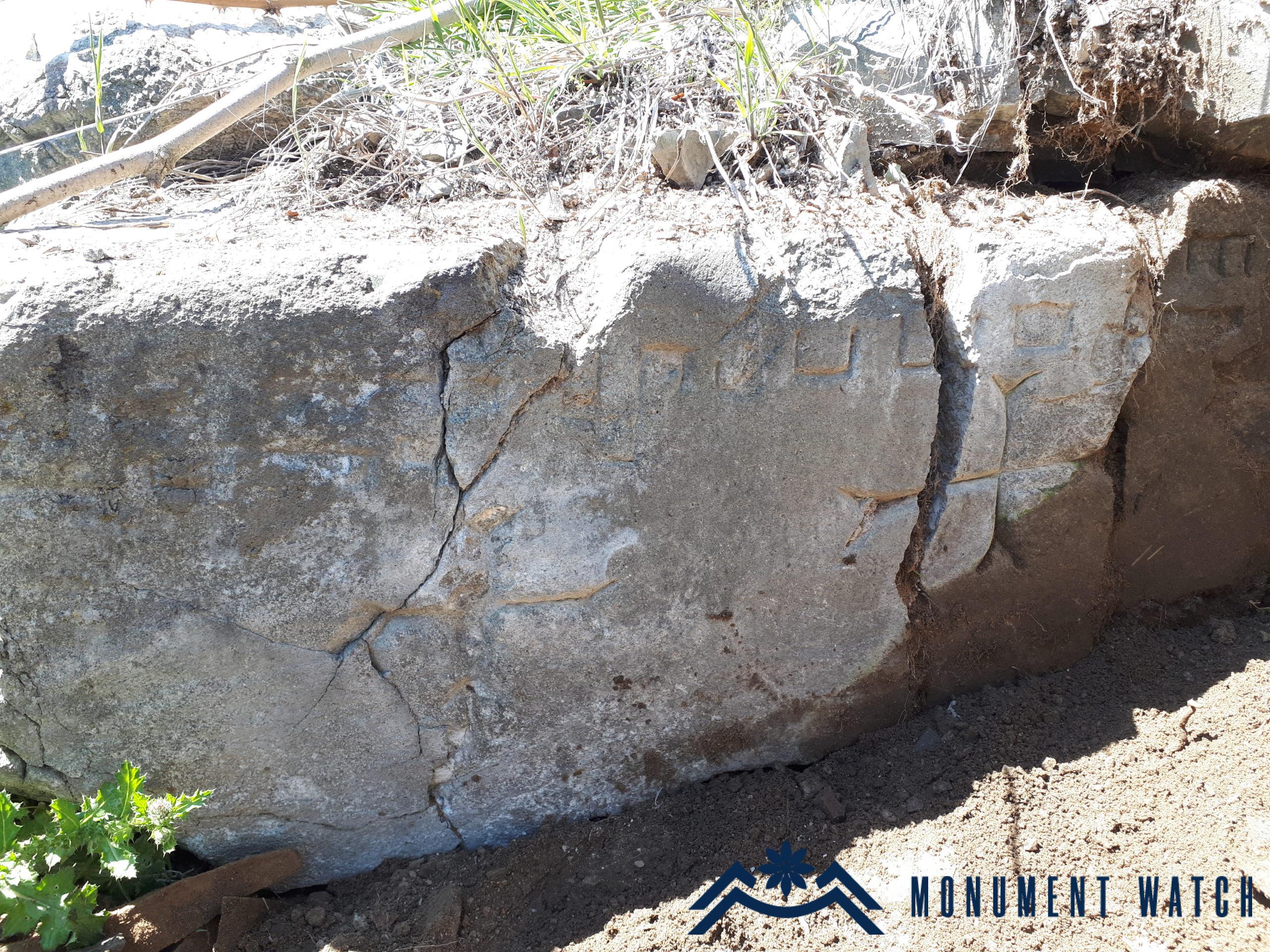
Fig. 7 The inscribed gravestone preserved under the southern wall of the church, 2020, photo by G. Budaghyan.
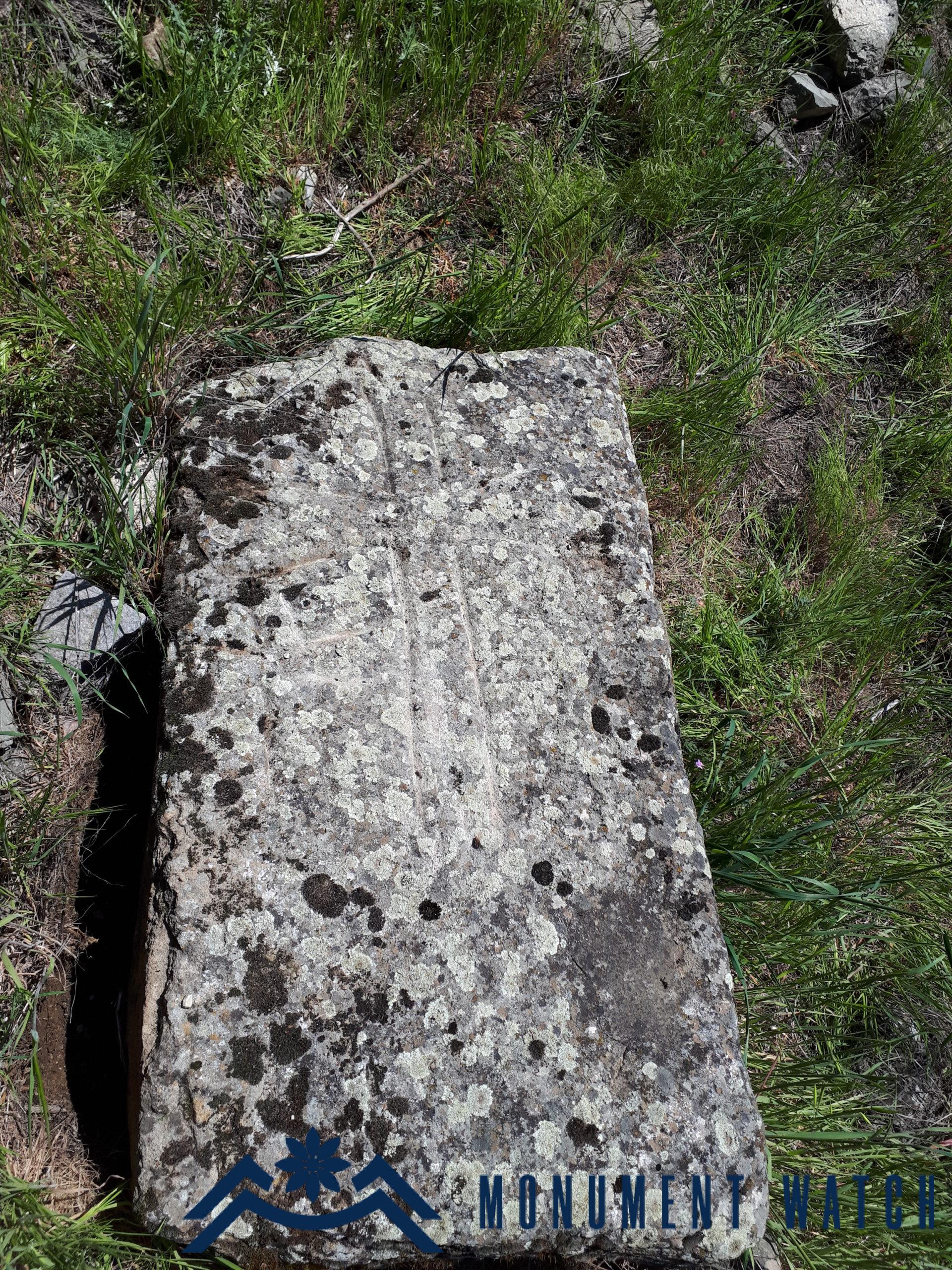
Fig. 8 The khachkar preserved in the territory of the church, 2020, photo by G. Budaghyan.
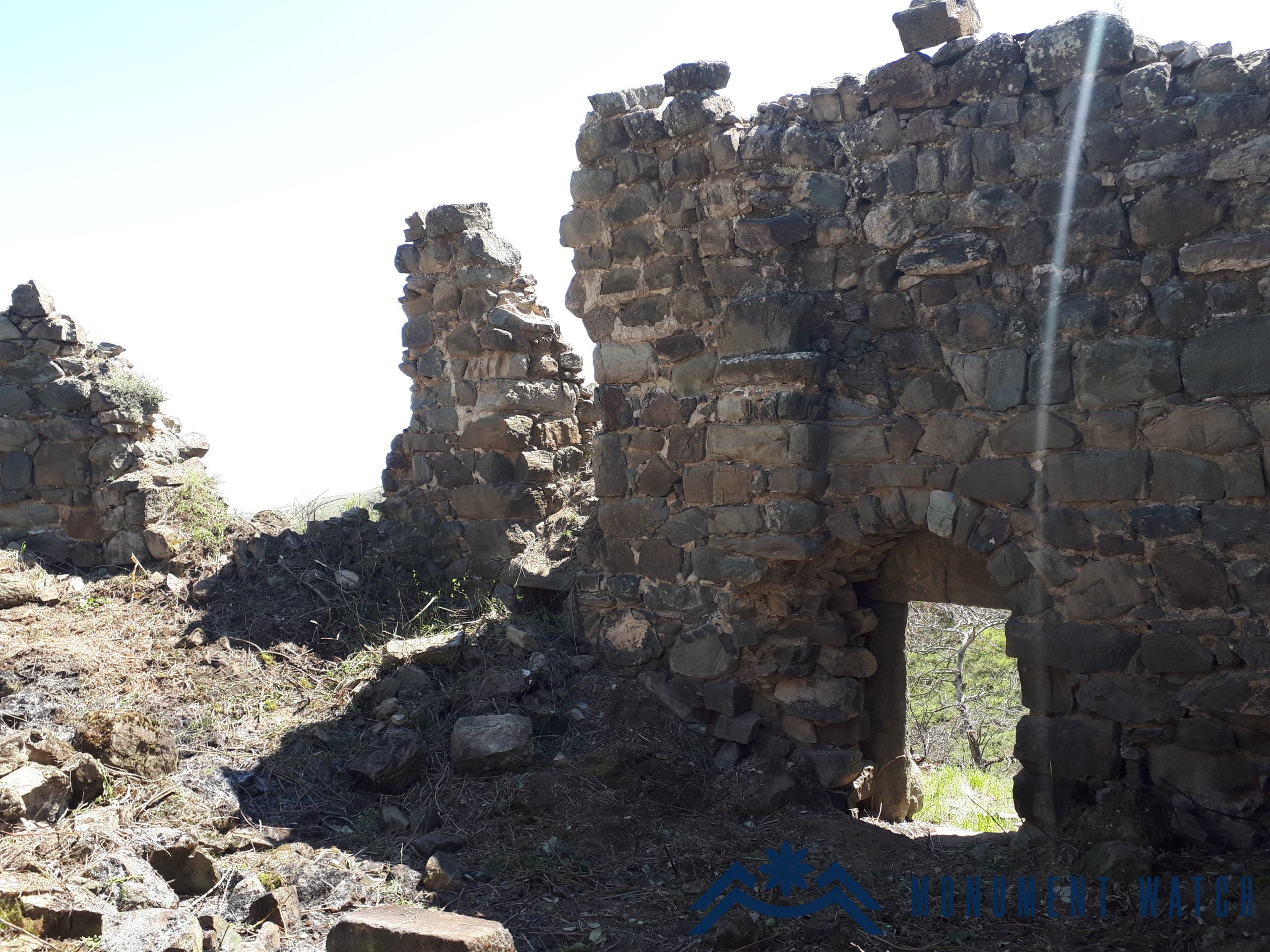
Fig. 12 The church from the inside, 2020, photo by G. Budaghyan.
Bibliography
- Barkhutaryants 1895 – Barkhutaryants M., Artsakh, Baku.
- Corpus of Armenian inscriptions, Issue 5, Artsakh, compiled by S. Barkhudaryan, Yerevan, 1982.
- Mkrtchyan Sh., The historical-architectural monuments of Nagorno Karabakh, Yerevan, 1985.
- Voskian H․, The Monasteries of Artsakh, Vienna, 1953.
St. Lusavorich Church of Tzor
Artsakh